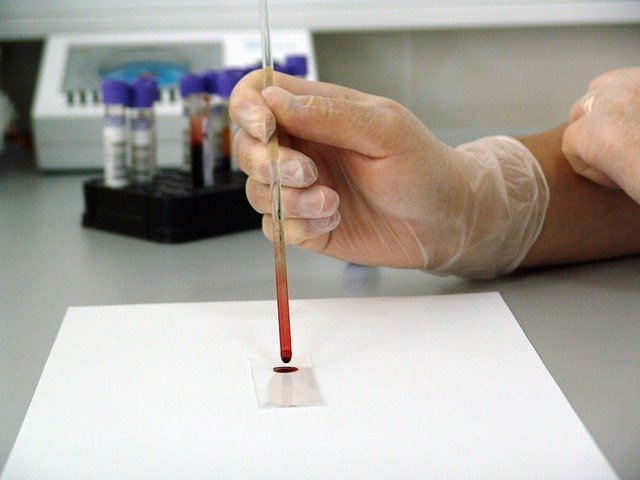
In a new study, researchers discovered that high blood levels of RNA produced by the PHGDH gene could serve as a biomarker for early detection of Alzheimer’s disease.
The work could lead to the development of a blood test to identify individuals who will develop the disease years before they show symptoms.
The research was conducted by a team at the University of California San Diego.
The PHGDH gene produces RNA and proteins that are critical for brain development and function in infants, children, and adolescents.
As people get older, the gene typically ramps down its production of these RNAs and proteins.
The new study suggests that the overproduction of a type of RNA, called extracellular RNA (exRNA), by the PHGDH gene in the elderly could provide an early warning sign of Alzheimer’s disease.
The discovery was made possible thanks to a technique that is sensitive enough to sequence tens of thousands of exRNAs in less than one drop of blood.
The method, dubbed SILVER-SEQ, was used to analyze the exRNA profiles in blood samples of 35 elderly individuals 70 years and older who were monitored up to 15 years prior to death.
The participants consisted of 15 patients with Alzheimer’s disease; 11 “converters,” which are subjects who were initially healthy then later developed Alzheimer’s; and 9 healthy people.
Clinical diagnoses were confirmed by analysis of post-mortem brain tissue.
The results showed a steep increase in PHGDH exRNA production in all converters approximately two years before they were clinically diagnosed with Alzheimer’s.
PHGDH exRNA levels were on average higher in Alzheimer’s patients. They did not exhibit an increasing trend in the controls, except for in one control that became classified as a converter.
The researchers note some uncertainty regarding the anomalous converter.
Since the subject died sometime during the 15-year monitoring, it is unclear whether that individual would have indeed developed Alzheimer’s if he or she lived longer.
This is a retrospective study based on clinical follow-ups from the past, not a randomized clinical trial on a larger sample size. So the researchers are not yet calling this a verified blood test for Alzheimer’s disease.
Nevertheless, the data strongly support the discovery of a biomarker for predicting the development of Alzheimer’s disease.
In addition to randomized trials, future studies will include testing if the PHGDH biomarker can be used to identify patients who will respond to drugs for Alzheimer’s disease.
The lead author of the study is Sheng Zhong, a professor of bioengineering at the UC San Diego Jacobs School of Engineering.
The study is published in Current Biology.
Copyright © 2020 Knowridge Science Report. All rights reserved.



